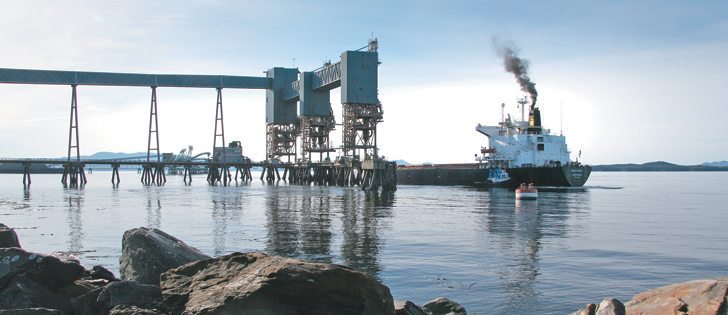The Trans-Pacific Partnership is the biggest game in town for Canada’s agricultural and food exporters. And after five years of negotiations, a deal is finally in sight.
A recent commitment by U.S. president Barack Obama and Japanese prime minister Shinzo Abe showed that a deal is close.
With Japan and the United States at the epicentre of this mega-regional free trade agreement, the remaining dominoes will fall into place once they agree.
Some have highlighted what others are seeking from Canada, but the importance of the deal for Canada, and Canada’s agri-food exporters in particular, should not be underestimated.
Read Also

Proactive approach best bet with looming catastrophes
The Pan-Canadian Action Plan on African swine fever has been developed to avoid the worst case scenario — a total loss ofmarket access.
Canada’s agricultural industry is one of the most trade-dependent agricultural sectors in the world. The country exports $50 billion a year in agricultural and agri-food products, which is more than half of everything we produce. It means that more than 90 percent of Canada’s farmers depend on exports, as well 40 percent of the food processing sector.
The TPP will preserve and maintain Canada’s place in an integrated North American economy and boost access to the rapidly growing Asian-Pacific economies of Vietnam, Malaysia and Singapore.
And then there’s Japan, the crown jewel of the TPP. It’s a premium market that demands $4 billion per year in Canadian agri-food products, which is 10 percent of Canada’s total agri-food exports.
Japan is the largest predictable market for Canadian canola seed, the second largest market for Canadian malt and Canadian pork, the fourth largest market for Canadian beef and an important high-value market for Canadian wheat and pulses.
Can you imagine an export-based country like Canada being outside a trade agreement that gives our global competitors preferred access to one of our highest value and most stable markets?
With all of these possibilities, it is clear that this trade deal has broader benefits than any before it. It includes an unprecedented number of Asian-Pacific countries and could expand disciplines to cover 21st century trading realities and set the tone for a regional trading block that other countries are already lining up to join.
However, we’re not there yet. We still need the 12 member nations to come to a final agreement that will allow Canadian agri-food exporters to secure and expand a market of 800 million customers that take 65 percent of our exports.
As talks near conclusion, Canada must act quickly to secure comprehensive and equal market access to TPP countries. It’s an historic opportunity that is more important than any country’s domestic political timelines. We cannot miss this critical window of opportunity.
Being left on the sidelines of a trade deal that covers 40 percent of the world’s economic output is not an option. To remain a significant contributor to the economy, Canadian agriculture needs the TPP.
Most of all, Canada needs to be fully engaged in the negotiations to ensure that its exporters attain the same access to markets as exporters from other TPP countries.
The signal is clear. The world is moving toward a future of free trade, and the time is now to take a step forward. Canada must actively champion this or we will lose a once in a generation opportunity.
We owe our farmers, ranchers, producers and exporters the chance to freely compete and grow markets, on an equal footing, with our international competitors.
There is no more time for waiting, and no such thing as the status quo. Now is the time for governments to be bold and stand up for the future of Canadian agriculture.
Brian Innes is chair of the Canadian Agri-Food Trade Alliance.

















